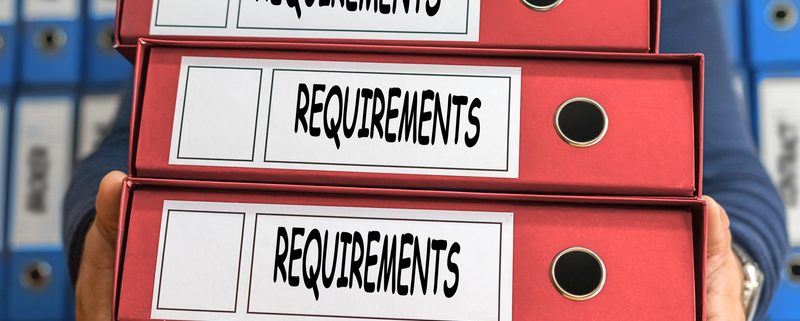Three Key Requirements for a Self-Directed CESA
When you want to put aside money for someone’s education, it can sometimes feel like your options are limited. And it doesn’t help that education costs are through the roof these days. But with adequate planning, you can maximize every dollar you set aside for a beneficiary’s education. That’s especially true if you invest through a Self-Directed CESA, which lets you make investments that can then grow tax-free for a number of years. But how does this type of account work? And more importantly, what are the requirements you’ll have to hit to use one in your personal situation? We’ll take you through three key requirements for getting a Self-Directed Coverdell Education Savings Account off the ground.
Requirement #1: The Designated Beneficiary
When you open an account, you have to designate a beneficiary—usually your child—who will benefit from the money in the account and eventually use it toward their education. When you start the account, you not only have to name a designated beneficiary, but that beneficiary needs to hit one of two requirements. First, the beneficiary must be under the age of 18. Or, if the beneficiary is not that age, you can name a special needs beneficiary.
This is something you’ll do from the start of the account. If you need to save money for someone else’s education, you’ll create a different account and list them as the beneficiary on the separate account. Keep in mind that once you set up an account for one beneficiary, your contribution limits will apply to all accounts you keep for that beneficiary—having two accounts for one beneficiary will not expand your contribution limits.
Requirement #2: Designating the Account.
As you can see on our page, the Self-Directed Coverdell Education Savings account, setting up this type of account the right way from the beginning is paramount. The goal here isn’t only to create as long a timeline as possible that allows you to save money in this account, but also to establish the documents the right way from the beginning. Doing so will help ensure that every time you invest in the account, you can do so with the confidence that your money is growing the right way.
What do we mean exactly? Working with a Self-Directed IRA administration firm, you’ll designate the account as a Self-Directed CESA from the beginning. This means that you’ll be able to trust that you’ve set up the paperwork the right way at the start. From there, you can make the investments you choose (through self-directing) so long as those investments are valid assets that you can hold within such an account.
Requirement #3: Put it in Writing.
This is where, once again, a Self-Directed IRA administration firm can come in handy. It can be a complicated thing to understand all that’s required of you when you set up a Self-Directed CESA. But when you go about it the right way, you’ll have everything you need to begin saving. By contacting a Self-Directed IRA administration firm such as American IRA, you can feel confident knowing that your account is not only set up correctly, but also that the account is administered properly as well. From there, it’s up to you to put the money in the account and have a plan of action for the beneficiary’s future education. But taking these basic steps is a great way to get started. It means that you can start taking advantage of the tax protections of this account with confidence.
Interested in learning more about Self-Directed IRAs? Contact American IRA, LLC at 866-7500-IRA (472) for a free consultation. Download our free guides or visit us online at www.AmericanIRA.com.





